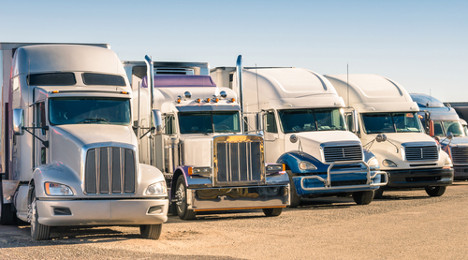Compliance & Technology in Transportation

Almost gone are the days of the “Wild West,” where carriers run over hours or hide true shipment statuses. Real estate has rapidly decreased for outfits lacking strong compliance, operations and CRM systems.
While it is obvious to see the strengths in more modern dispatch and tracking methods, the compliance piece is just as impactful.
Summer and fall of 2014 really underscore the fact that auto transportation costs are not entirely dependent on fuel-cost cycles. Especially in the Northeast/Southeast shipping routes, seasonal-resident transportation costs have risen (compared to any other autumn), while fuel prices have dropped lower than they’ve been in four years.
Why? What has changed?
The volume of vehicles needing transportation hase not drastically fluctuated. It’s capacity that seems to have decreased. Again, why?
The transportation industry has seen a dramatic escalation in regulatory enforcement, coupled with a steep rise in insurance premiums. Great for public safety and outfits taking ownership of vital responsibilities; bad for carriers operating outside the mandatory compliance rules.
Keeping up takes dedication and a substantial allocation of resources. Not keeping up will put you out of business. Electric on-board recorder rulings are just around the corner, and are already common practice for many leading carriers. The places for noncompliant carriers to hide are vanishing.
Big picture, the industry is undergoing a healthy purge of companies that have cut costs by skirting compliance necessities. This removal finally brings shipping costs to a rate that better reflect the costs of safely conducting auto transportation. But what about the consumer?
While taking a minor hit upfront, shippers greatly benefit from a far less risking pool of carriers, improving safety, service and decreasing inefficiency from problems associated with shady business practices.
Increased technological advancements will be most beneficial if they follow transportation culture trends towards increased visibility. This not only means using technology to bolster shipment tracking and communications infrastructure, but also means being savvy and transparent with safety requirements.
Carriers must recognize the imperativeness of utilizing the latest advancements to better communicate and manage everything from hours-of-service to fleet maintenance. If not, they may just find themselves left behind at the weigh-station.
Jeremy Louisos is Director of Business Development at PreOwned Auto Logistics.
Editor's Note: This story is part of the Dec. 1 print and digital editions of Auto Remarketing, our Inside Logistics & Transportation Trends issue. We turned to some of the top providers in the industry for an inside look at the state of the transportation business and to hear how they are bringing value to their customers. To read all the stories in this section, be sure to check out the special section in the Dec. 1 AR.

 View The Latest Edition
View The Latest Edition

